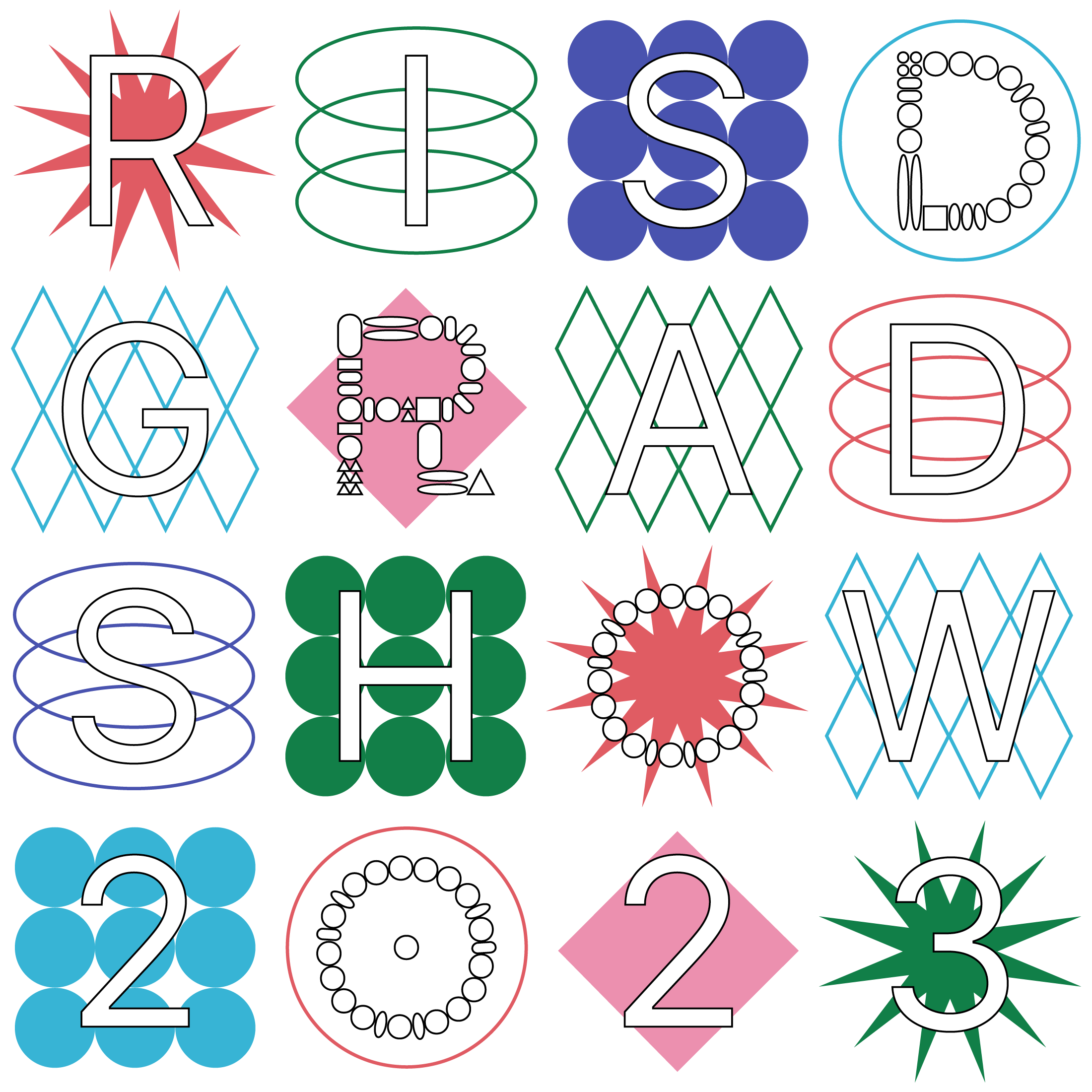Image
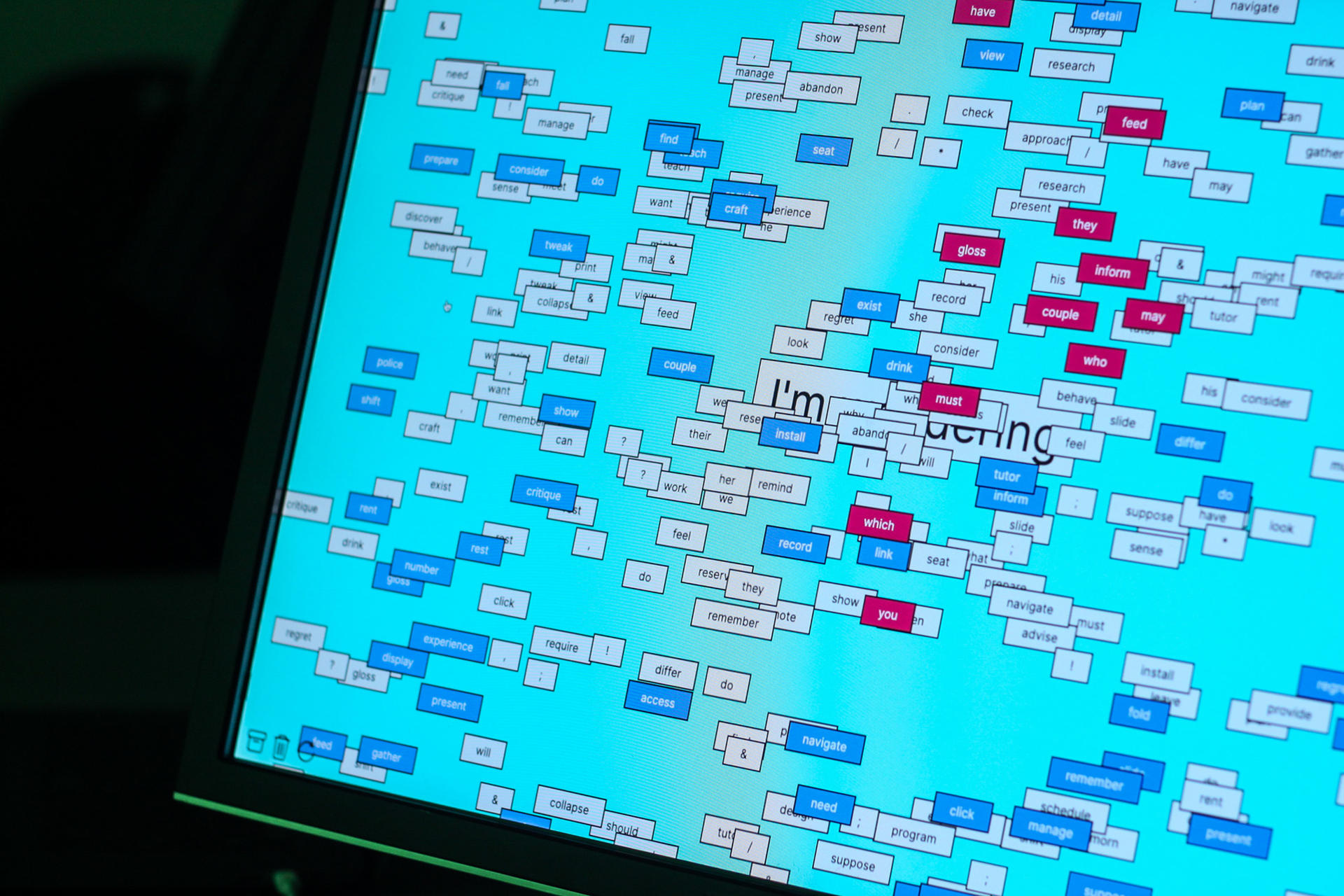
Zach Scheinfeld
Input / Output
Input/Output emphasizes the processes and systems that create engagement, narrative, and meaning in graphic design as opposed to singular inputs and outputs. In a series of experimental frameworks, ranging in form from 3D printed objects to browser-based painting tools, variables are put into the hands of the audience and user, creating conditions that are prime for retooling, repurposing, world building, and play. Throughout, an open dialogue and feedback loop is formed between designer and user, author and reader, and teacher and student, where power, agency, and structure are in constant circulation, resulting in the emergence of unexpected forms, speculative technologies, and paths to alternate futures.
Image
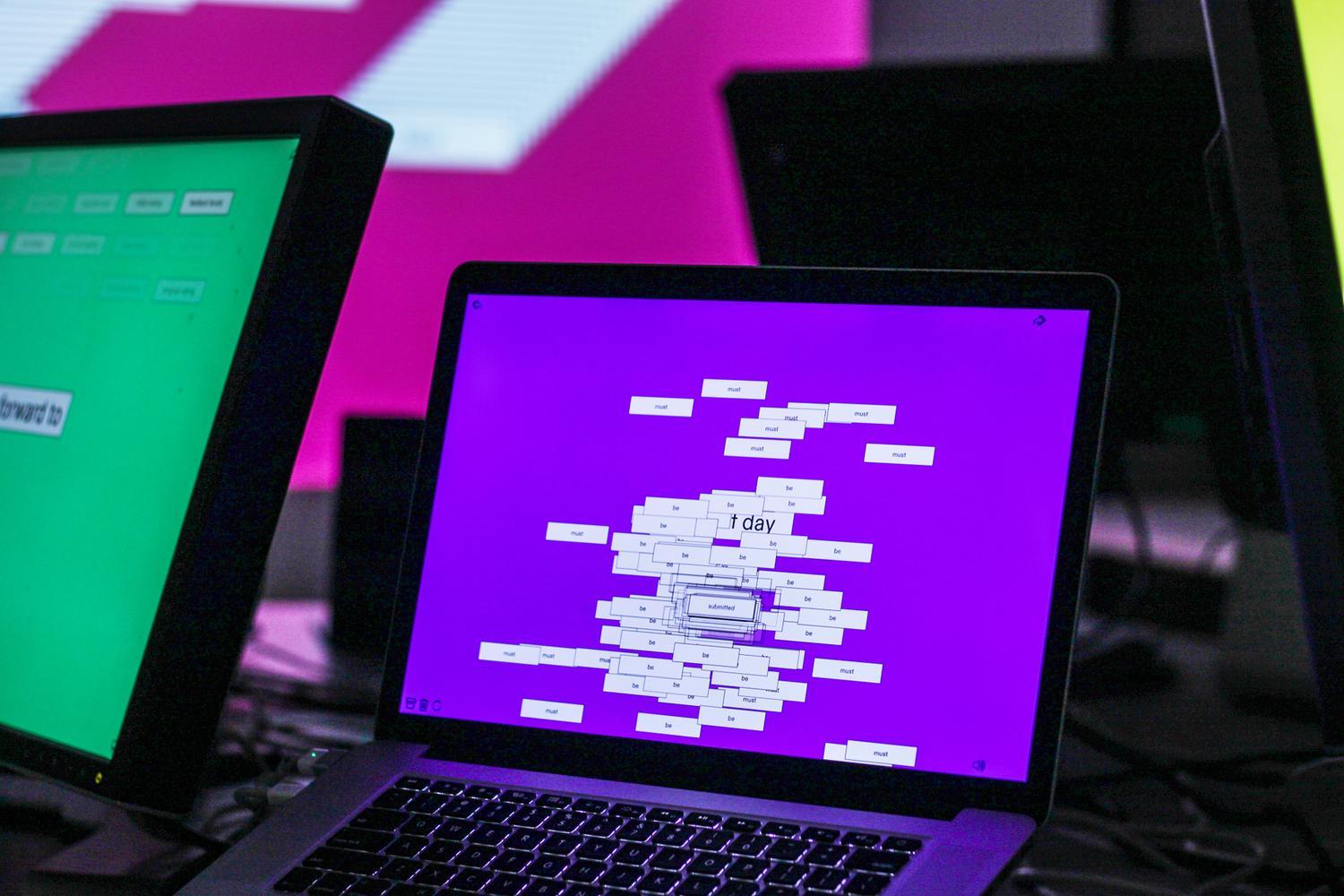
Inbox Interpreter
Web
2022
Inbox interpreter is a network of websites that re-designs the interface of a typical email inbox. The system takes content that is usually anxiety inducing, and transforms it into a whimsical interface consisting of five websites spanning across ten monitors. Each phase of the network highlights a fragment of my inbox, and produces an animation or click interaction that recontextualizes the email’s language. The work was installed as a physical installation in the form of a circle, giving users the opportunity to take a slow walk around my email.
Image
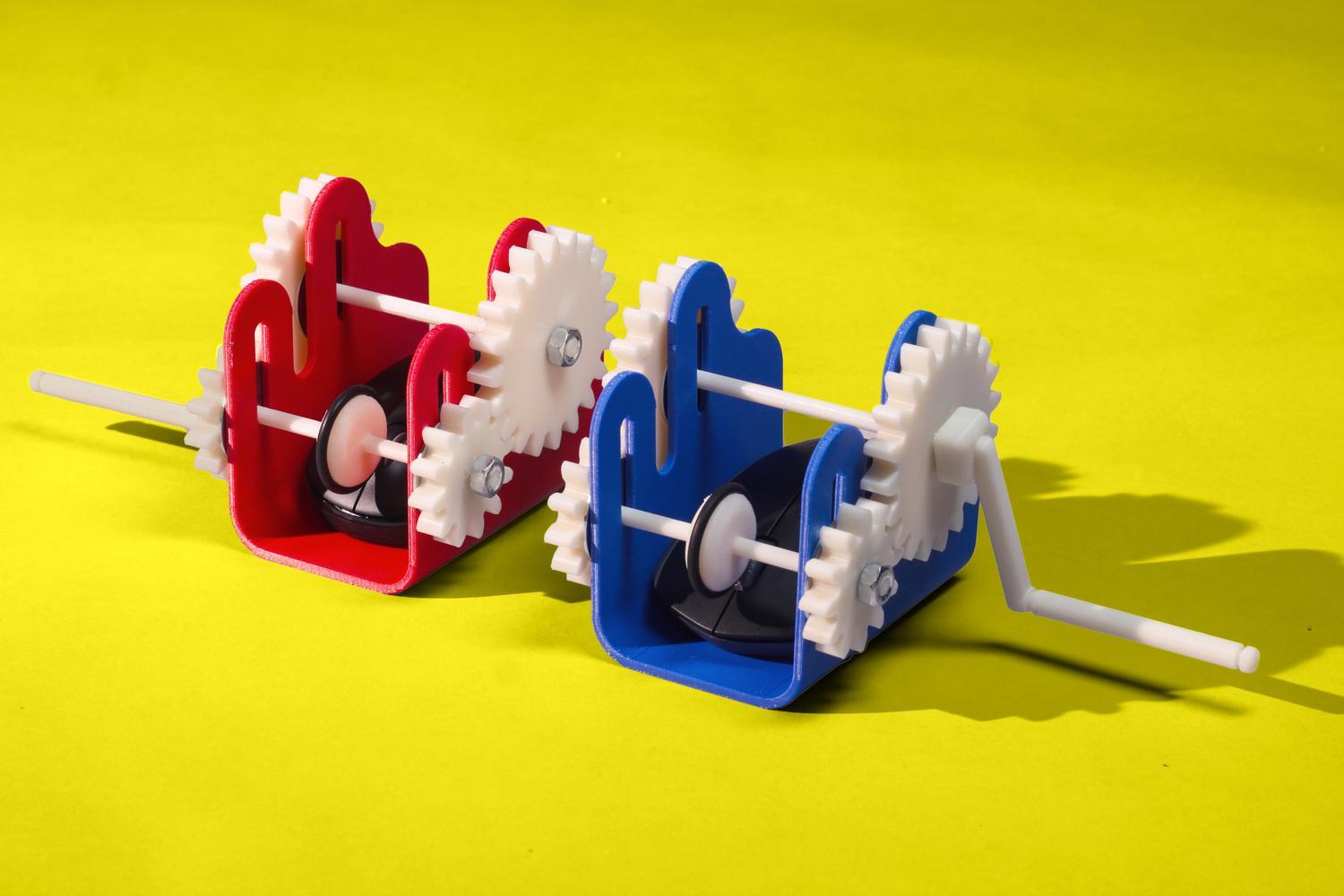
Crank to Scroll
3d printed ABS filament
12 x 7cm
2022
Scroll Crank is a speculative design project that transforms the passive action of scrolling with a typical computer mouse wheel into a more active and mindful experience. In gripping the device base, turning the crank, and hearing the clunky gears churn, the user’s attention is directed back to their own body while using a tool that typically has a dissociating, disembodying effect.
Image
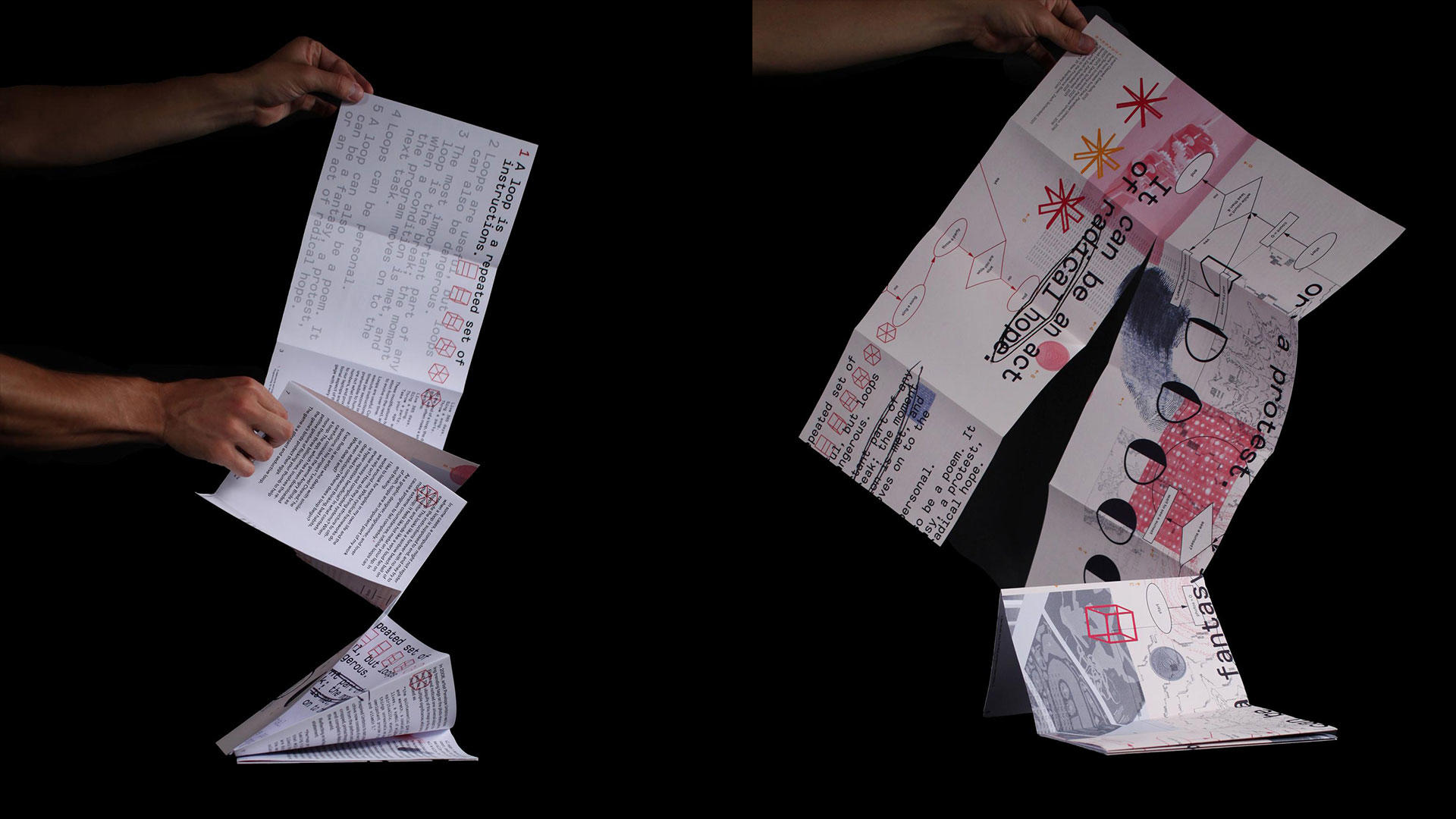
Break;
Printed booklet
25 x 35"
2022
Break; is a publication about the idea of the loop: a repeated set of instructions for a computer to execute. Like a loop, the publication itself builds up overtime through the layering of images and content. At the end of the cycle, the book offers the reader an opportunity to break out of the loop by expanding into a poster.
Image
Block Party
Resin 3D prints with inset magnets
7 x 7" modular cases
2023
Block party is a module typeface inspired by Giulio da Milano’s 1933 typeface Fregio Mecano. The original typeface was a kit of letterpress components that could be combined to create countless iterations of each letterform. In this revival, I extrude the forms into three dimensional blocks that designers can play, manipulate, and create with. The kit comes with blocks made out of varying materials meant to be combined and experimented on.
Image
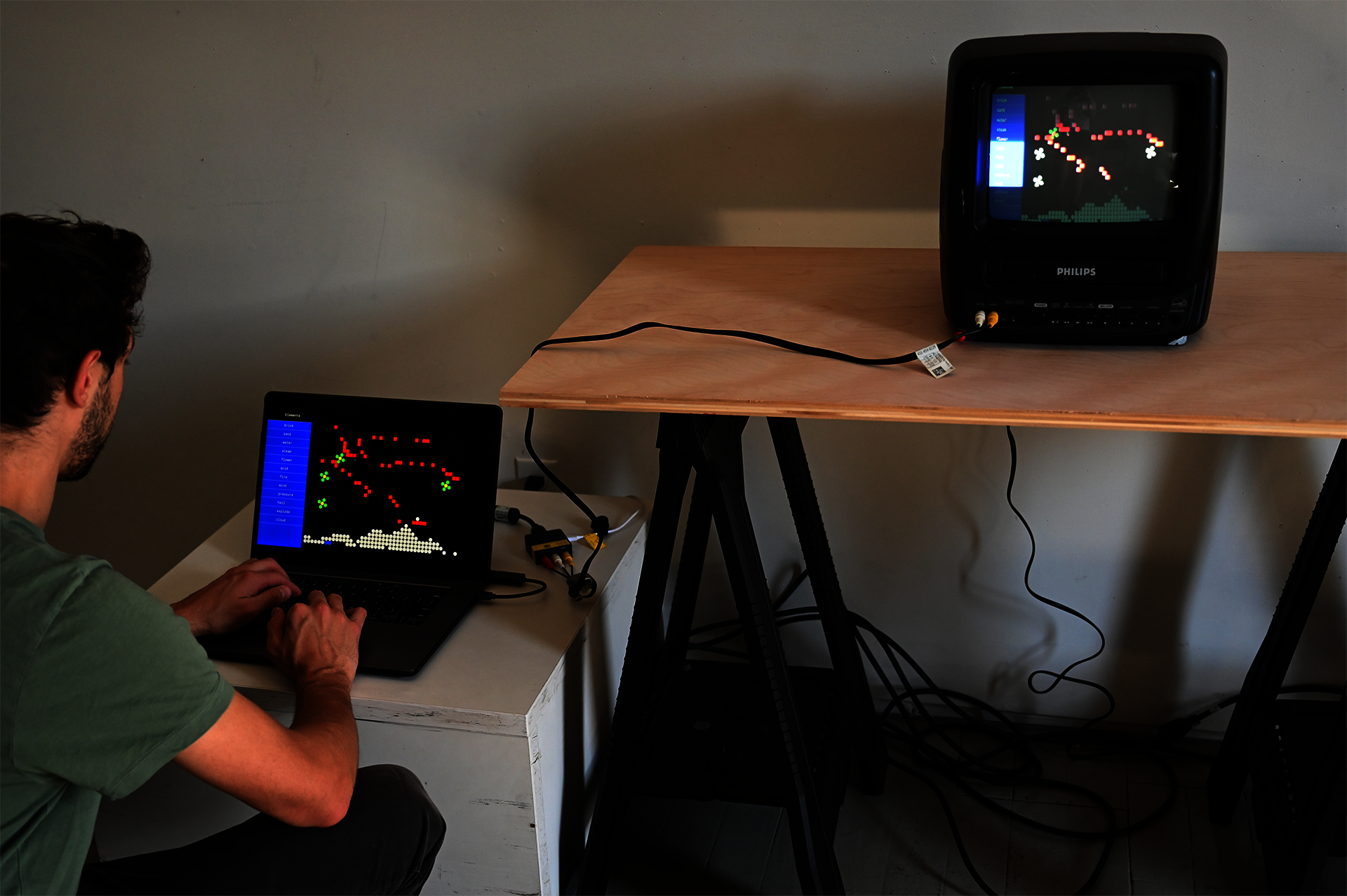
Elements
Web
2023
Falling Elements is a version of a falling sand game, a genre of computer games that contains components for users to create unique simulated environments. Each element has its own action that comes from a simple rule. For instance, sand will travel down or diagonal. Water goes down, diagonal, or side to side. By providing a toolkit of simple behaviors, the game allows for users to create complex and unexpected simulations, providing the opportunity to not only act as a player, but also a game maker and storyteller.
Image
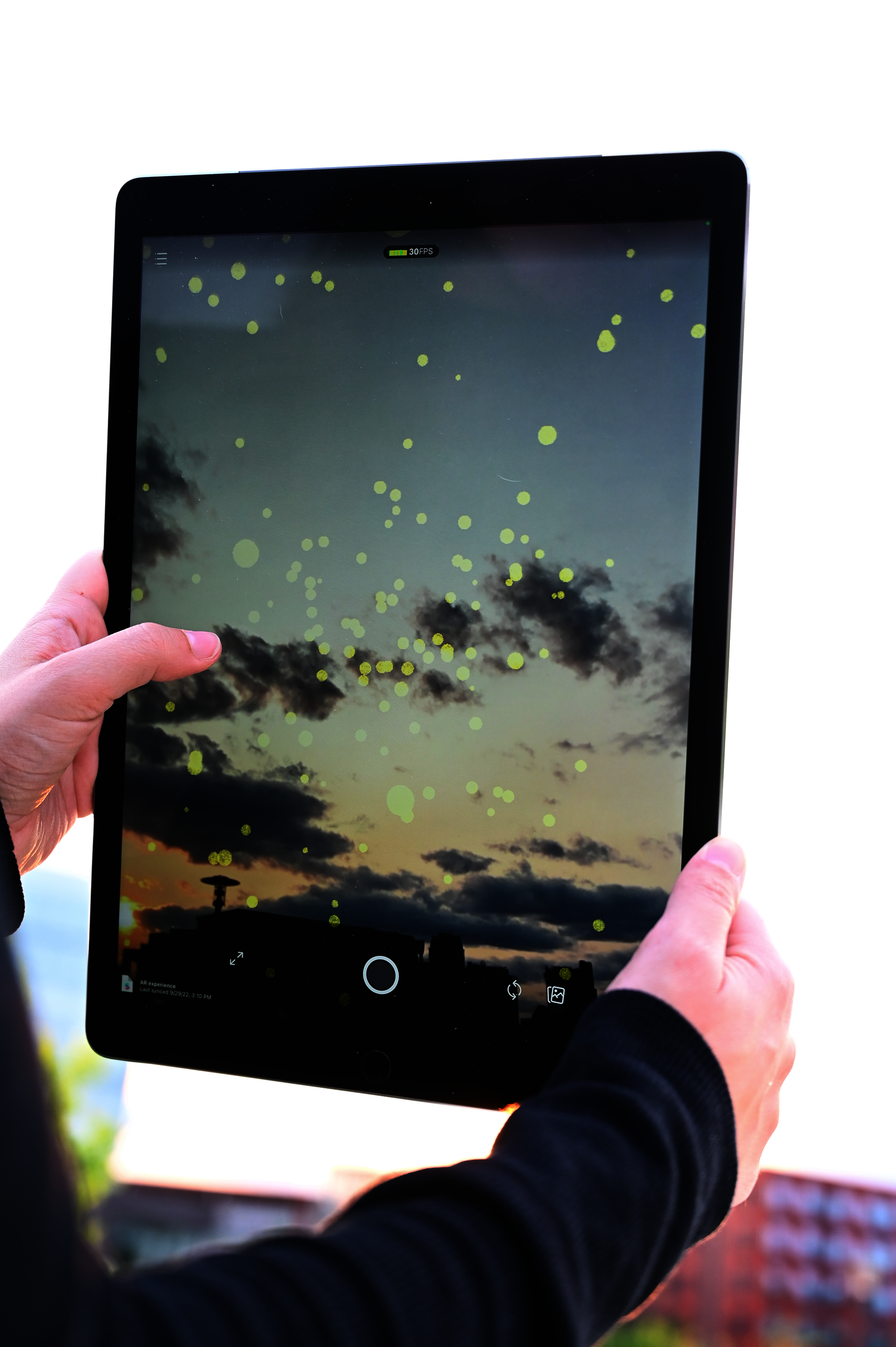
Fireflies
VR app
2023
Fireflies is a VR experience that lets a user emit light orbs into an environment. When a user presses the interface, the app emits a stream of orbs around the camera’s central point. Over time, the orbs disperse into the scene, scaling up or down depending on distance and changing the quality of light in the environment.
Image
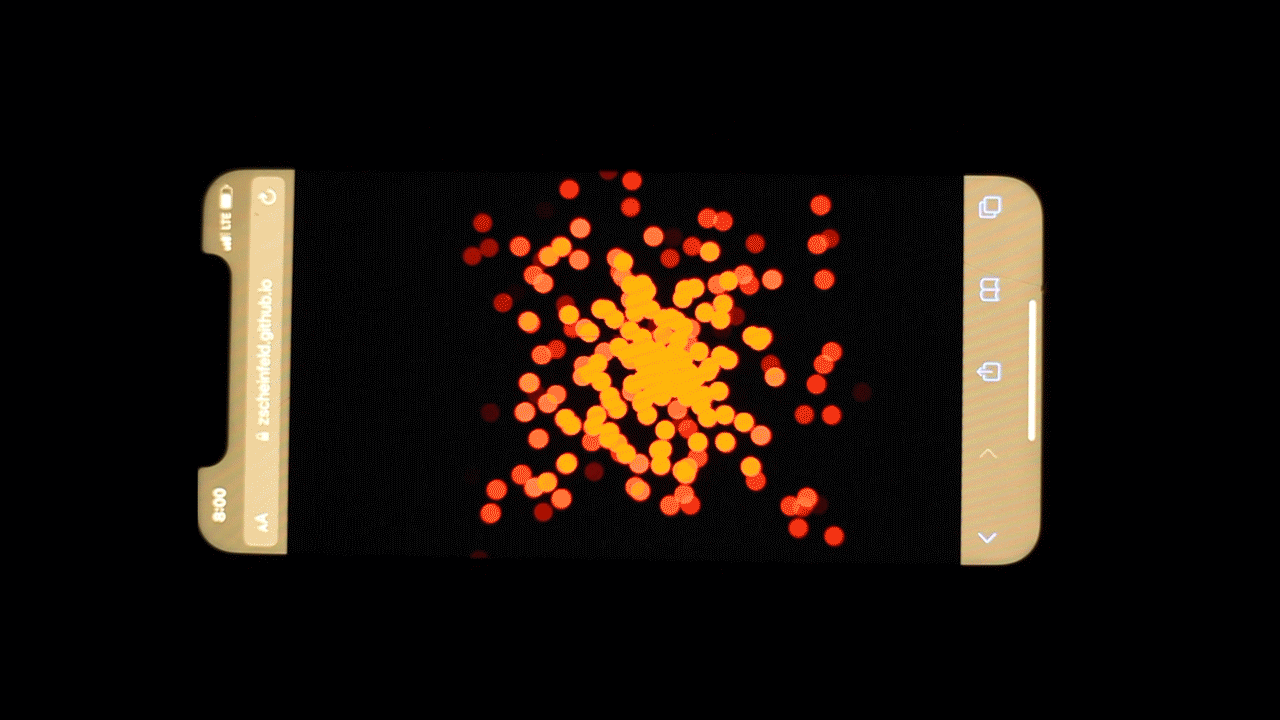
Filter Programs
Resin Prints
3 x 3"
2023
Screen protector takes inspiration from visual filters native to common design software. These filters, including the Gaussian blur and Perlin noise, are meant to emulate nature but are often derived from mathematical thinking. As a response, screen protector attempts to create a series of organic lenses that allows a user to observe the properties of light refracting through warped, transparent surfaces. This work offers a possible alternative to computer generated graphics as they are typically experienced.

